It's been a few days since I traded my then 13″ MacBook Pro without Touch Bar for the latest 16″ MacBook Pro with Touch Bar. I was so looking forward to the Touch Bar and thought I would start using it 100%. Long story short, in my case I was (most likely) wrong. Unfortunately, I found out that I probably won't get along with the Touch Bar. Unfortunately, what annoys me the most is that when writing articles, and not only them, I simply "get stuck" on the Touch Bar and thus perform actions that I don't want. So I decided not to use the Touch Bar, I'll keep the function keys displayed on it, and in case I need it, I'll press the Fn button and display the Control Strip.
It could be interest you

On the other hand, I was very sorry that I practically do not use the Touch Bar at all. So I decided to find some app that could make sense to me and that could be useful for me. I found quite a few of these apps, including one that was able to completely disable the Touch Bar until you pressed the Fn key. However, then I came across an app called Pock. If the name Pock seems slightly similar to the name Dock, believe me, it is not a coincidence. Because Pock can "port" the Dock from your MacBook directly to the Touch Bar. In addition, it offers countless other functions - for example, the display of the interface for playing music through Apple Music or Spotify, and others. Users of older MacBook Pros that do not have a physical Esc key will also appreciate the fact that they can keep the Always show Escape. Therefore, they don't have to hold down Fn in applications to see the Escape key.

If you decide to try the Pock application, the installation procedure is completely classic and simple, as with other applications. After downloading it is enough Pock move to the folder Application, where to run it from. After startup, v top bar screen appears Pock app icon, with which you can set it. If you click on the first option preferences, you can in the section General set display small Control Strip in the right part of the Touch Bar, together with the option for searching for updates, whether launch after login. In the section Dock Widget then you will find options for hiding application Finder v Touch Bar, whether display only running applications, and more. In the section Status Widget you can then set how it will behave and display Status Widget, so you can still set i Control Center Widget a Now Playing Widgets.
If you don't like the current layout of the Touch Bar after activating the Pock application, don't worry - the layout can of course be adjusted. Just tap on the Pock icon in the top bar and then select an option from the menu that appears Cusotmize… This will take you to the Touch Bar editing interface within Pock. Control in this case is exactly the same as in the case of other applications. You control everything with the cursor - if you want to add something to the Touch Bar, just take that element and use the cursor to add it move to the Touch Bar. In case you want remove something from the Touch Bar, then again just use the cursor "drive" to the Touch Bar, element take a drag it away. There are a lot of ways to customize the Touch Bar with Pock, and if you can't get used to the Touch Bar like me, you should definitely give Pock a try. And if you like it, don't forget to support the developer and tell us in the comments if you like the app or not.
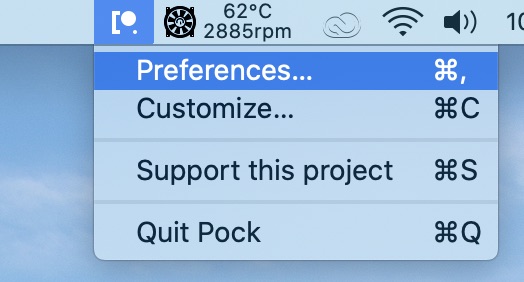

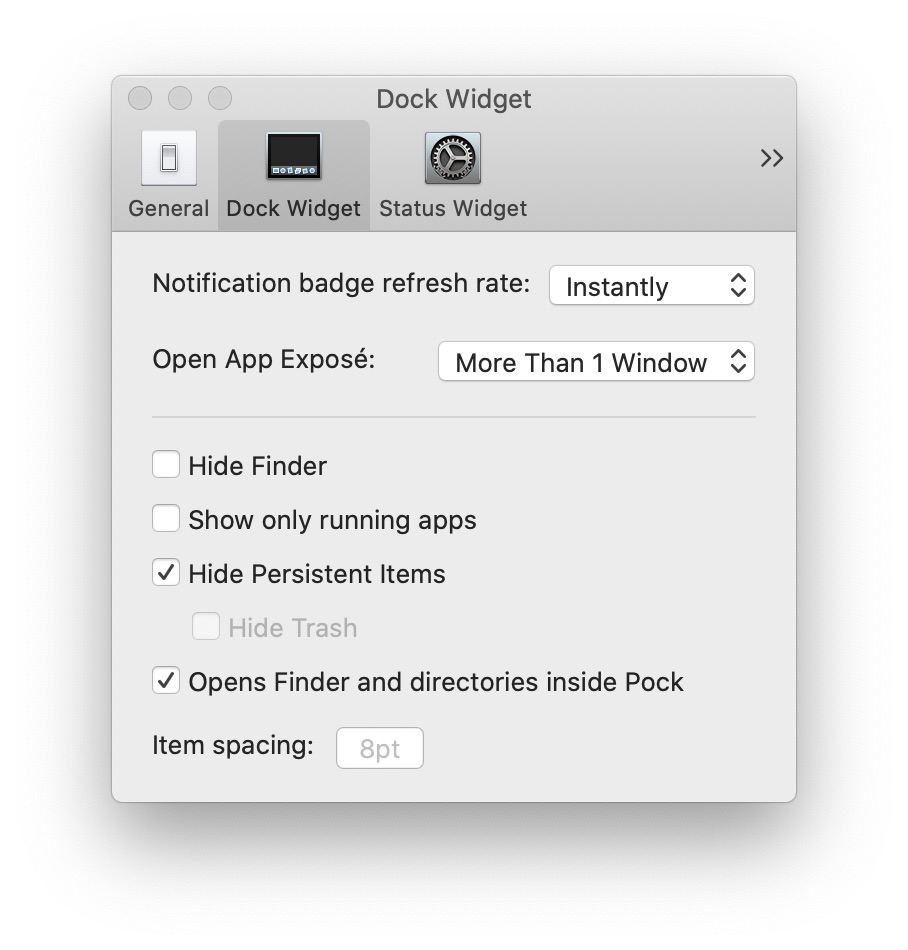


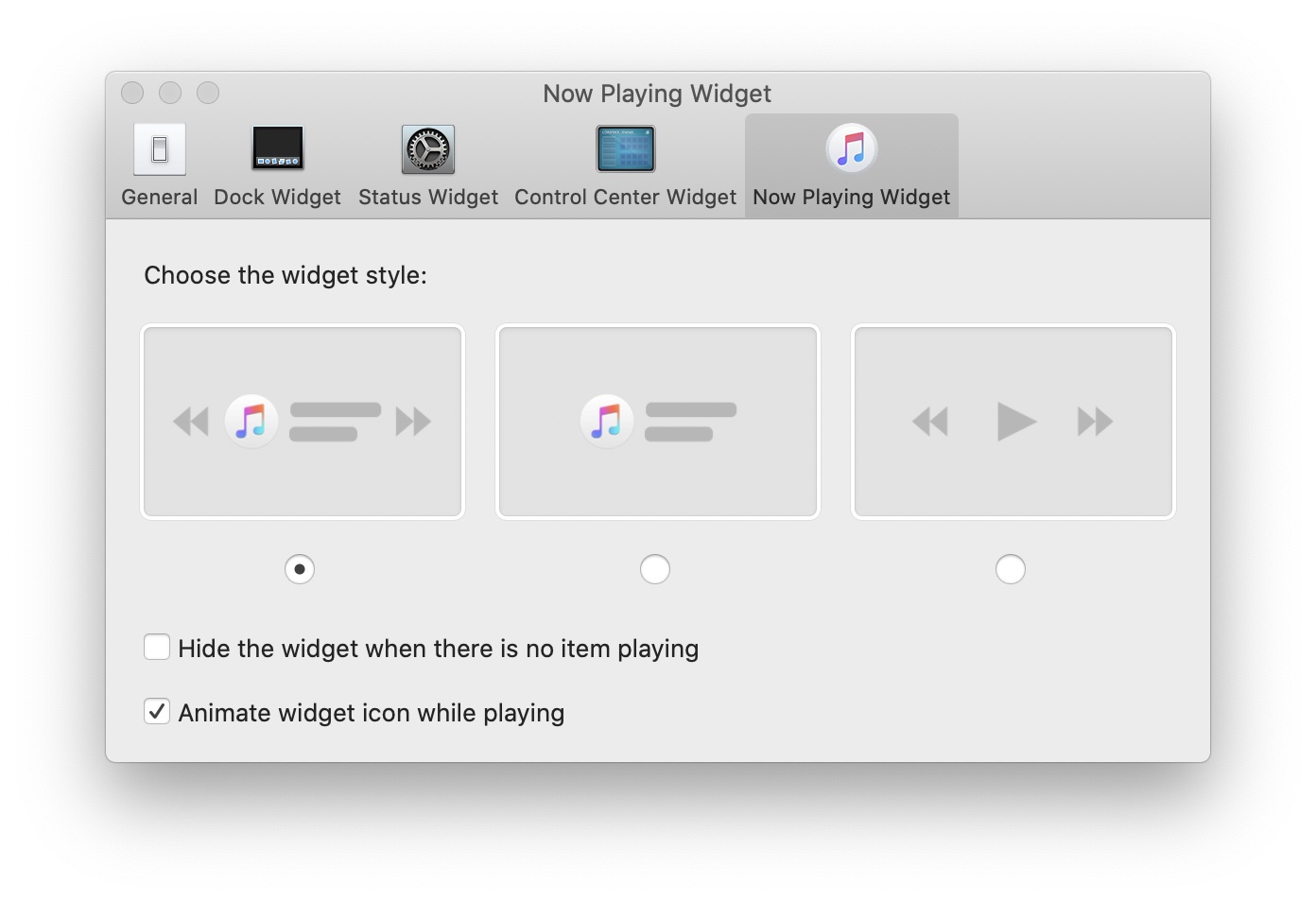

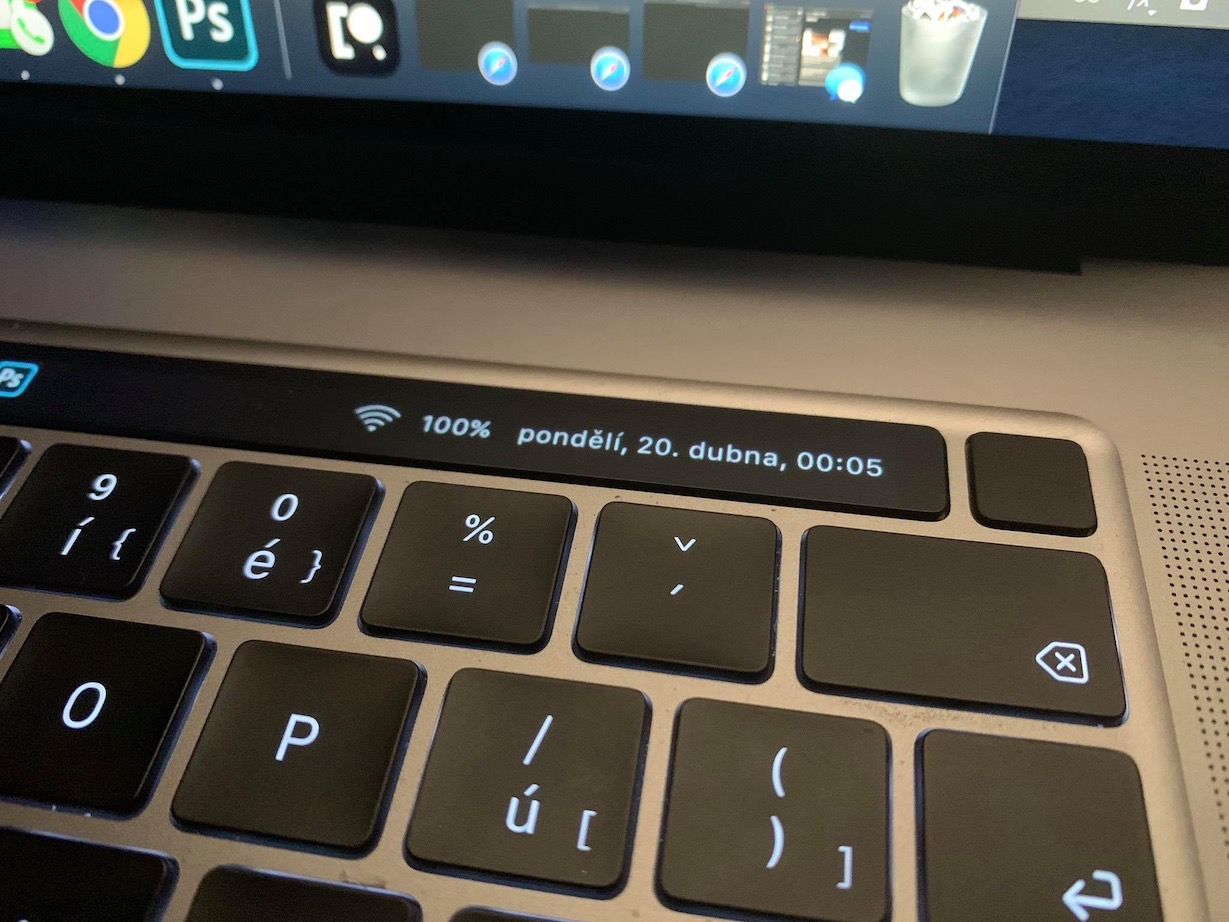
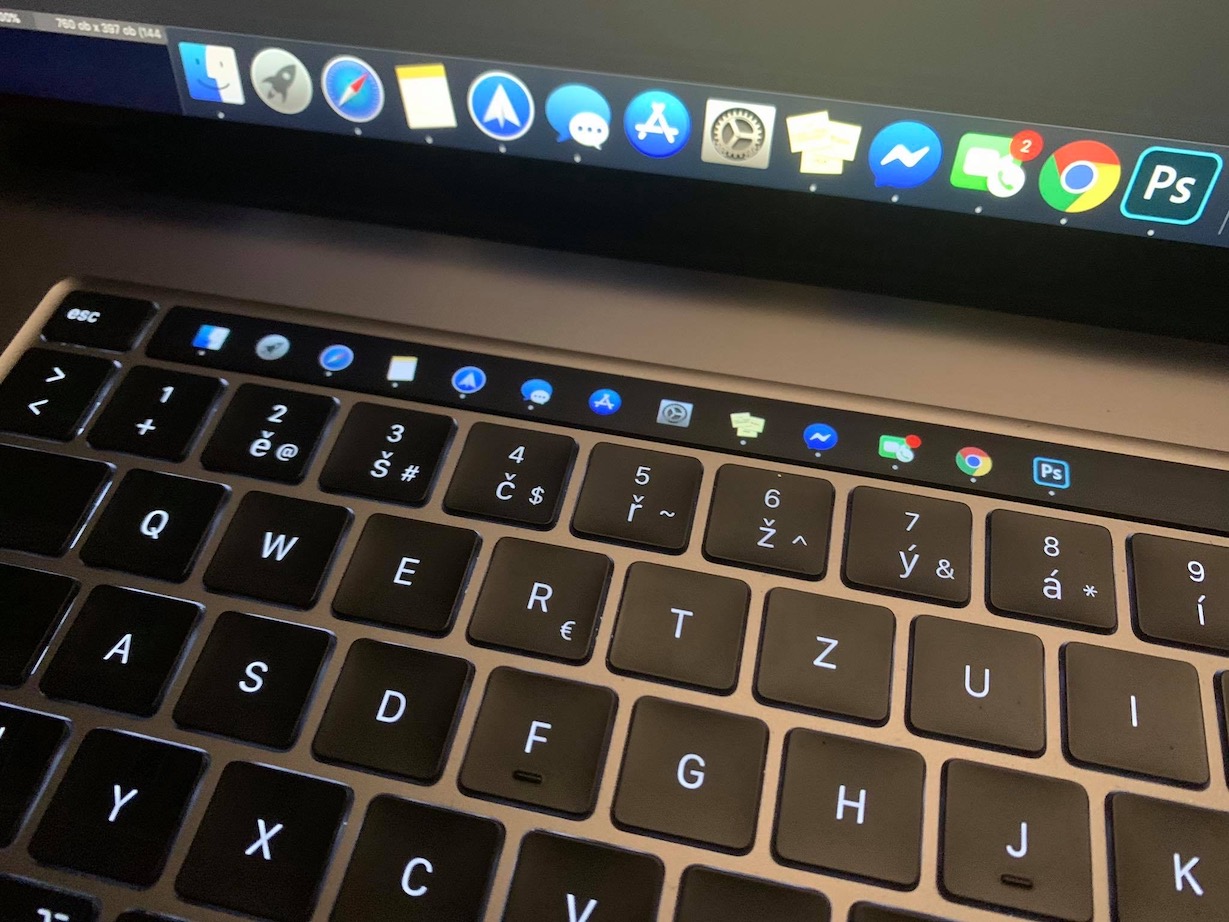
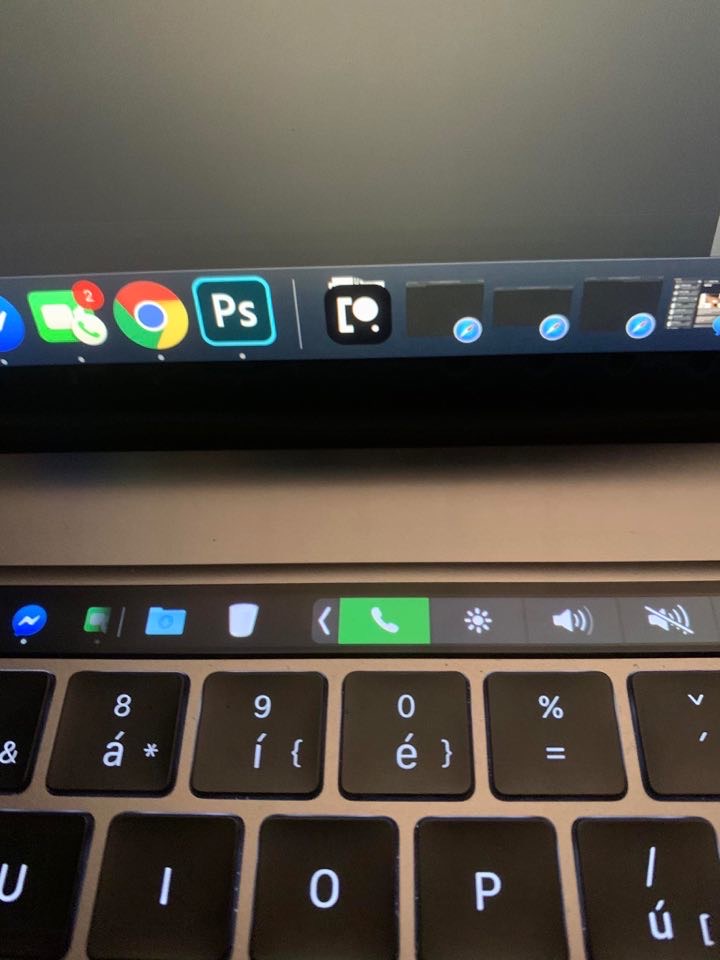
My question about the application, is it possible to somehow remove the closing cross of the Pock application from the TouchBar? It gets in the way quite a bit and I always close it by mistake :D
hi, yes it works, if you put customize and move the mouse to the bottom left corner and go to the touch bar, then you can pull it out and remove it
You can therefore remove ESC just like any other content of the Touch Bar
2nd option is to take ESC with your finger in customize mode and drag it to the trash :-)
Thanks for the addition and reply :)
I always wondered if I could make a numeric keyboard out of the touchbar when I need to work with numbers.